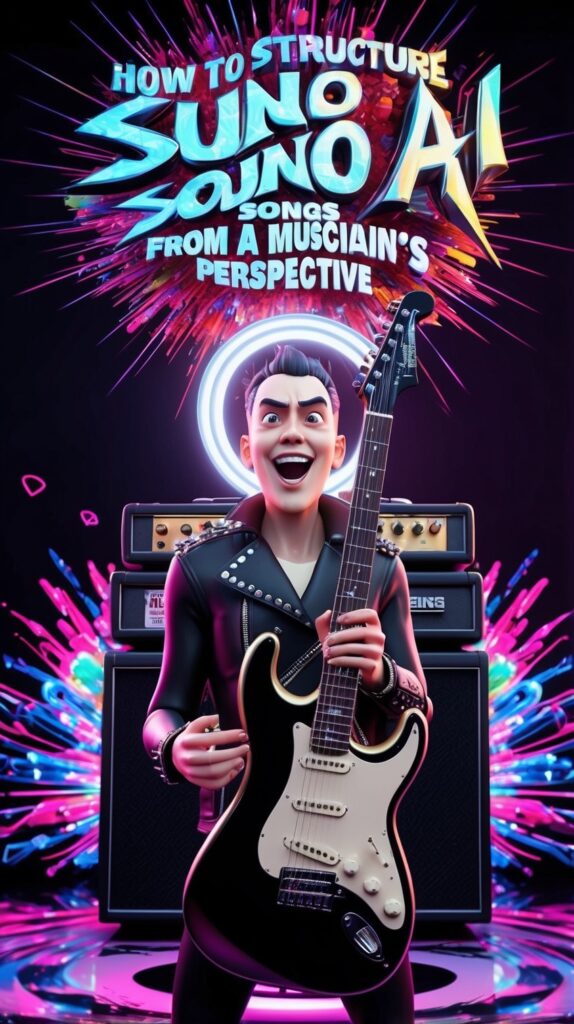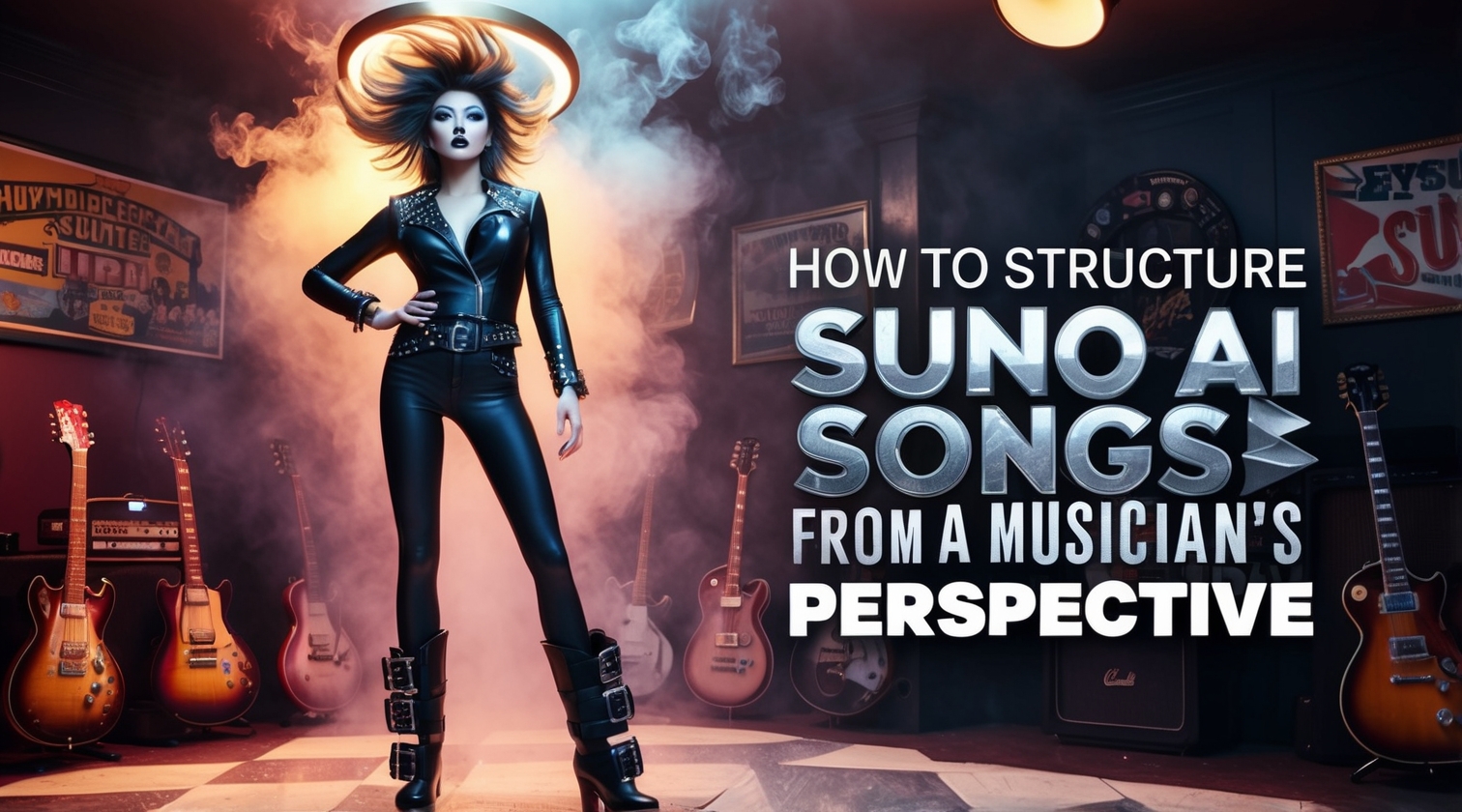How to structure SUNO AI songs from a musicians perspective
How to Work with Suno for Better Song Structure and Composition
When working with AI-driven music generation tools like Suno, the challenge is not necessarily in the tool itself but in how we approach using it. Based on my experience, the key to success lies in respecting the fundamental principles of song structure and aligning your inputs accordingly.
Understanding Song Structure in AI-Generated Music
Every part of a song—whether it’s the verse, pre-chorus, chorus, bridge, or hook—serves a distinct purpose. These elements carry specific moods, intensities, and placements within the song’s overall flow. Suno is designed to recognize these structural components and adapt them based on the melody and overall composition you’ve created.
If you’re composing and simply pasting in full lyrics with clear structure, you’re likely to get results that adhere to a traditional song format. However, if you’re working with individual extensions from timestamps or trying to build on smaller song segments, the engineering of your track becomes more critical.
Matching Lyrics with the Mood of the Melody
Here’s a common scenario: let’s say you input verse lyrics, but the timing or melody is more suited to a chorus—something powerful or uplifting. In this case, Suno will likely recognize the mismatch and adjust, replacing your verse with something that fits the melodic intensity, like a chorus. It’s not the AI’s fault; it’s simply trying to match the mood and structure of the song.
To avoid these issues, it’s crucial to respect the mood and structure of your song from the beginning. Use the appropriate tags for each song section, and carefully plan the timing and length of each part, especially the lyrics. Suno heavily relies on the lyrics’ text, melody size, and structure to produce fitting results.
I have been in a band since around 2005, always trying new things so myself and a couple of friends have started a “real life and AI” bands that fuses real vocals and instruments and AI. Check out Hopesheart below
Click here to check out my AI band HopesHeart!
Tips for Instrumental Sections
Longer instrumental breaks can be tricky, but with the right approach, you can guide Suno to create more cohesive extensions. Here are some tips:
- Enable Instrumental Mode: For extended instrumental sections, try enabling instrumental mode and create an extension from a specific timestamp.
- Use Descriptive Tags: In the lyrics, use tags like “[long instrumental break, slowly evolving].” While results may not always be perfect, this gives Suno clearer direction.
- Specify Break Length: You can specify the duration of an instrumental break, like “[instrumental break lasts 30 seconds].” However, if it doesn’t fit the song’s size and melody, Suno may try to stretch it as much as possible.
- Utilize Vocalized Instruments: Sometimes, Suno needs lyrics to match the structure and size of the composition, even for instrumentals. Try using vocalized prompts like “(dzh-dzh-dzh)” for guitar or symbolic sounds that mimic the desired instruments.
Suno song structure tags
- [Verse]: Indicates the main storytelling section of the song, often quieter and less intense.
- [Chorus]: The central, most powerful and memorable part of the song. Typically more intense and repetitive.
- [Pre-Chorus]: A bridge section leading from the verse to the chorus, often used to build energy.
- [Bridge]: A contrasting section that offers a departure from the verse and chorus, introducing new ideas or emotions.
- [Intro]: A short section that sets the mood of the song, typically instrumental or light in lyrics.
- [Outro]: The closing section of the song, signaling its conclusion, often a fading or softer version of the chorus or instrumental.
- [Hook]: A catchy, repetitive phrase designed to grab attention, which can appear anywhere in the song, often in the chorus.
- [Instrumental]: Specifies an instrumental break in the song where no lyrics are sung.
- [Solo]: A section where a particular instrument (such as guitar or keyboard) plays a featured part, often improvised.
- [Drop]: Used in electronic or dance music, this marks the section where the song reaches its peak energy, usually after a build-up.
- [Build]: A section that increases intensity, typically leading into a chorus or drop.
The Takeaway
Ultimately, the more you respect the structure, mood, and purpose of each section, the better Suno will be at producing polished, cohesive results. By planning ahead and adjusting inputs—whether lyrics or instrumentals—you’ll see a noticeable improvement in your compositions.
It may take some trial and error, but once you find the right balance, Suno can be an incredibly powerful tool in helping bring your musical ideas to life.

Understanding Song Structure in AI-Generated Music



